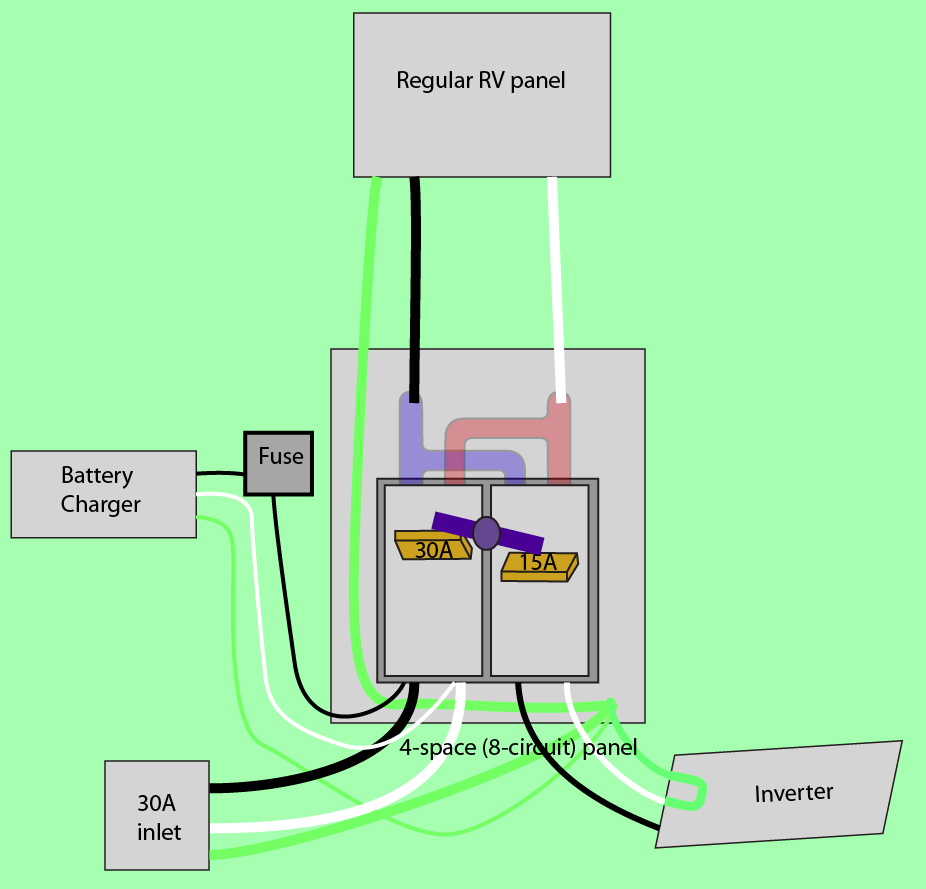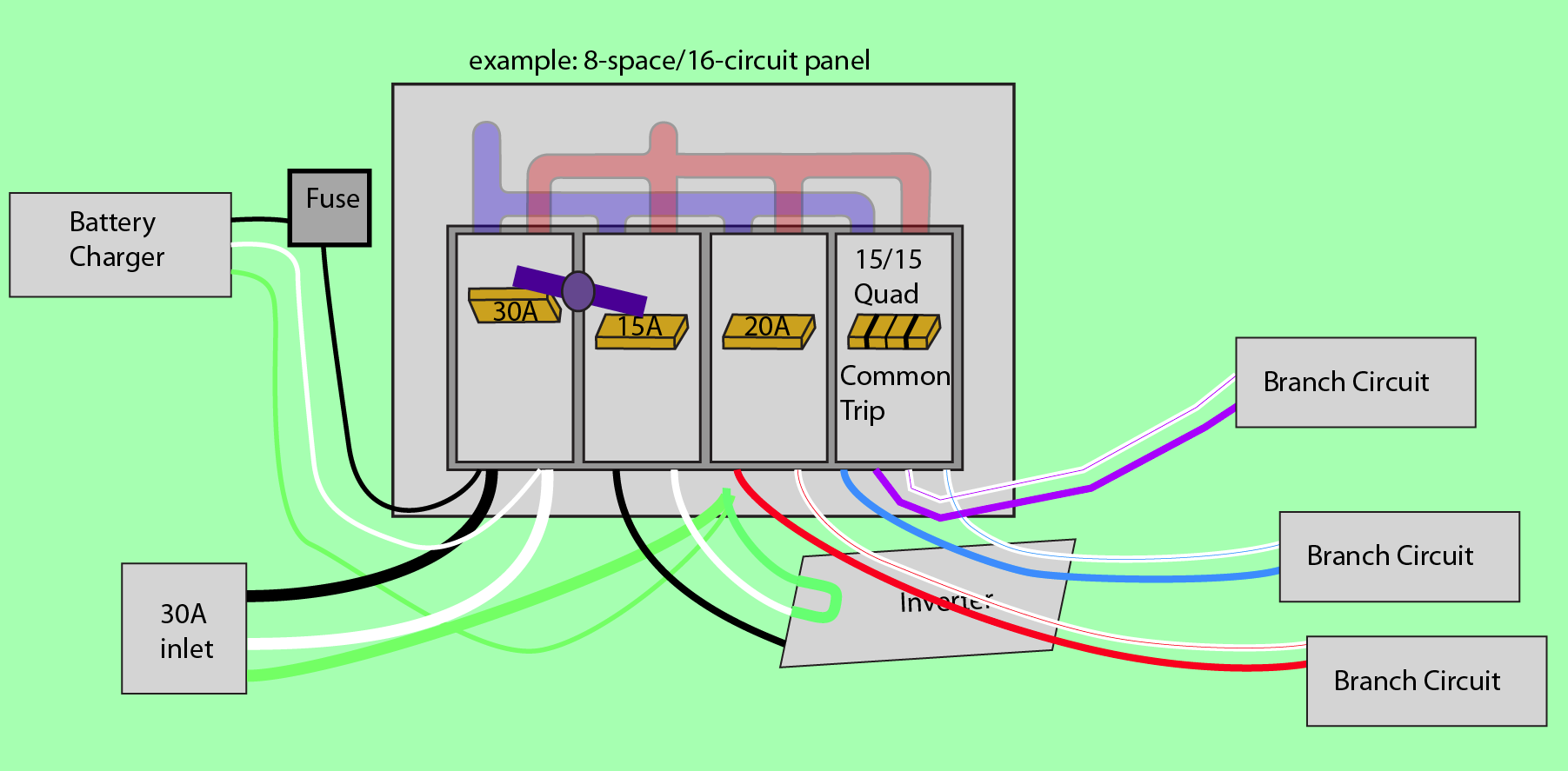* unless you're very clear on how GE's double-stuff (thin/narrow) 2-pole breakers work - they're not like quads at all, and not like quads). With small panels, you'll find you can't support as many 2-pole breakers as you thought you could!
Harper - Reinstate Monica
- 309.9k
- 27
- 294
- 761
Harper - Reinstate Monica
- 309.9k
- 27
- 294
- 761
Harper - Reinstate Monica
- 309.9k
- 27
- 294
- 761



